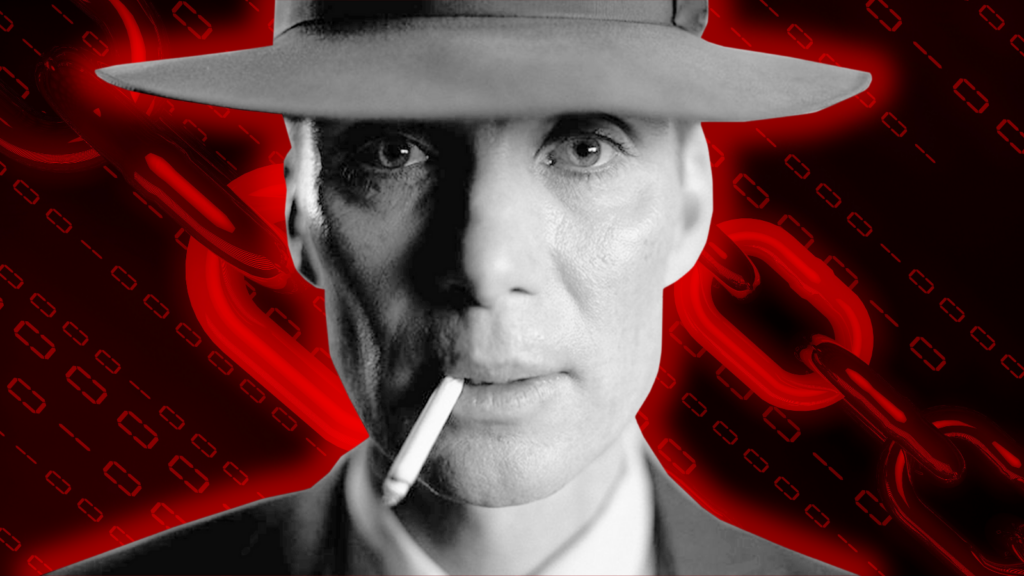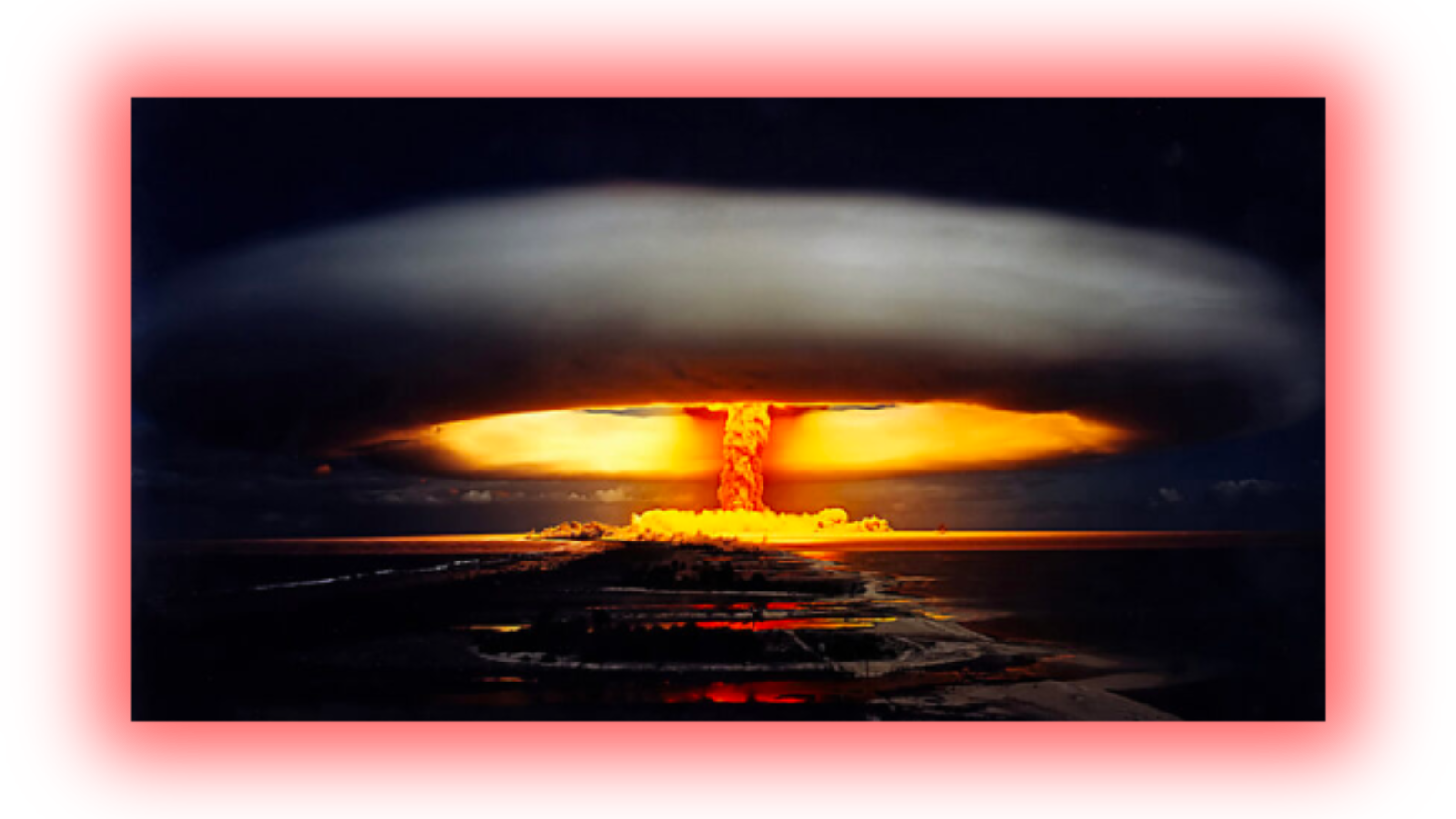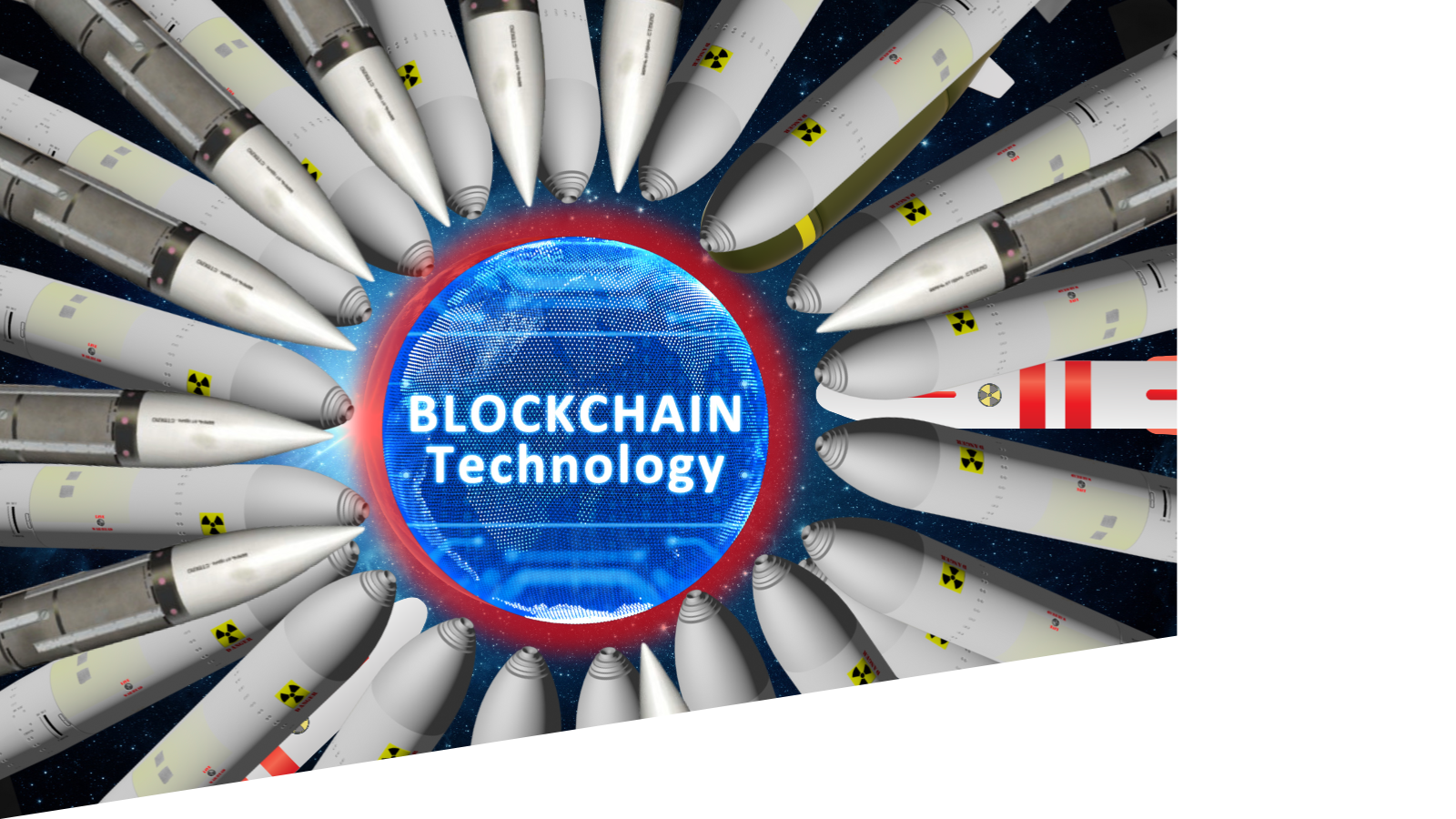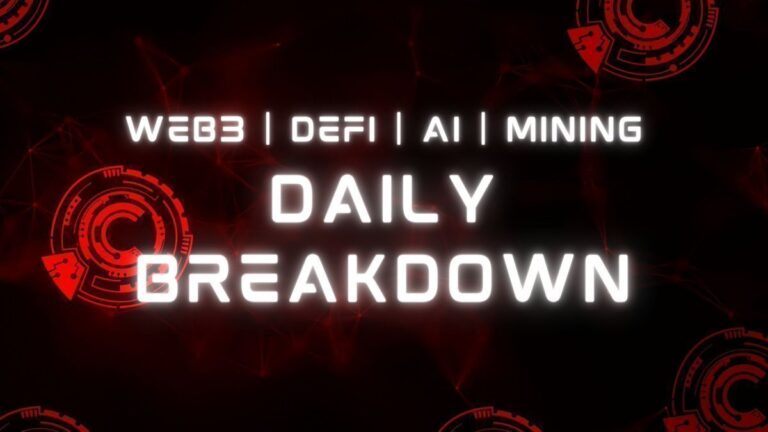
TL;DR: Christopher Nolan’s depiction of J. Robert Oppenheimer paints a multi-faceted image of the physicist, but it’s the aftermath of the film that strikes a chord. In a world with rising nuclear tensions, centralizing power seems a recipe for disaster. Decentralized systems, like blockchain, might be our safeguard for the future.

Oppenheimer: The Man Behind the Bomb
In Christopher Nolan’s riveting film, we are transported into the world of J. Robert Oppenheimer, brilliantly played by Cillian Murphy. From his early passion for quantum physics to his tumultuous personal relationships, the narrative deftly captures the essence of the man often dubbed the “father of the atomic bomb”. Yet as the credits roll, an unsettling reality sets in. Today, we may be closer to nuclear conflict than ever before. The Russia-Ukraine war rages on, with the U.S. funneling billions in military aid to Ukraine. Post-Oppenheimer clarity hits — the sheer destructive capability of nuclear weapons makes arming any one person or nation with them dangerously misguided.
Rethinking Power Structures
This stark realization compels us to reconsider the inherent dangers of concentrating immense power in few hands. When the capability to wreak unparalleled havoc resides with a select few, the potential for catastrophe is exponentially magnified. Whether it’s a result of human error, malevolence, or a complex interplay of geopolitical dynamics, centralized authority, especially in the realm of nuclear power, is fraught with risks.
Oppenheimer’s leadership of the Manhattan Project exemplifies this peril. One man, despite his genius, shouldered the responsibility of a weapon that could annihilate civilizations. In today’s volatile global landscape, the emphasis on such centralization is not just imprudent but could be cataclysmic.

Decentralization: A Beacon for the Future
The beacon of hope may lie in decentralization, epitomized by technologies like blockchain. With its inherent distributed structure, blockchain negates the need for a centralized authority, ensuring transparency, accountability, and reduced risks of unilateral misuse. In the context of nuclear safeguards, such a system could revolutionize how we monitor and control nuclear materials, ensuring that no single entity can covertly divert or misuse them.

Carving a Safer Path Forward
Oppenheimer’s legacy, both as a scientist and a symbol of the atomic age, serves as a poignant reminder of the dual-edged sword of human innovation. As we stand at the crossroads of technological advancement and global security, it becomes imperative to learn from history and embrace decentralized systems. Our collective future, possibly our very survival, hinges on this shift.
Thank you for reading “From Manhattan to Armageddon: Oppenheimer’s Cautionary Tale“.
- Subscribe to our newsletter: ConsensusProtocol.org
- Follow us on Twitter: @ConsensusPro
Sources




